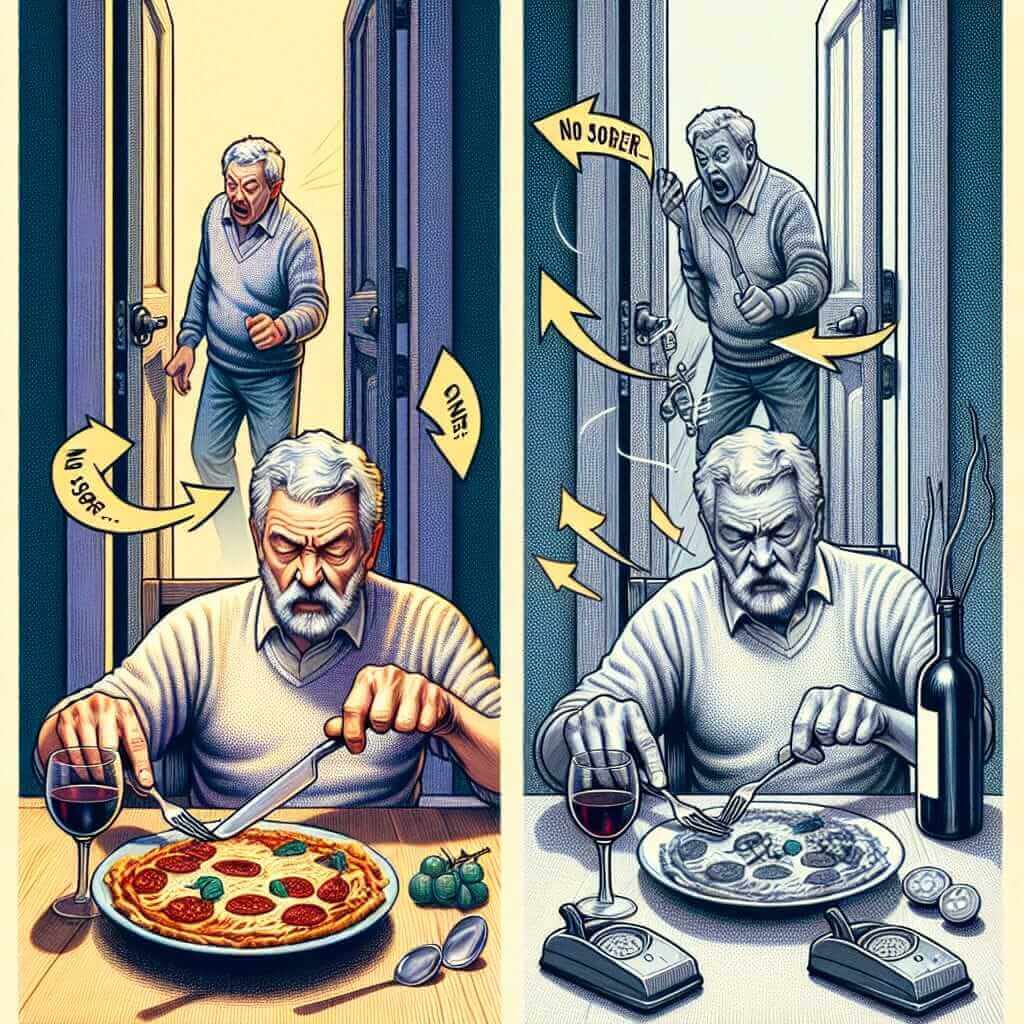Have you ever wanted to add a touch of drama and sophistication to your English? Look no further than the “no sooner…than” construction! While it might seem intimidating at first, this structure, often seen in its inverted form like our title, “No sooner had I left than it began to snow,” is your key to unlocking a higher level of fluency and impressing your IELTS examiner.
Let’s take a look at how this grammatical tool can be used across different sections of the IELTS:
- Speaking (Part 2): “No sooner had I stepped off the plane in Tokyo than I was struck by the city’s vibrant energy.”
- Writing (Task 1): “No sooner had the new recycling program been implemented than a significant decrease in landfill waste was observed.”
- Writing (Task 2): “Some argue that no sooner does technology solve one problem than it creates a new one.”
In each of these examples, “no sooner…than” highlights the immediacy of an action following another, adding a layer of detail and interest to your language.
Deconstructing “No Sooner…Than” for IELTS Mastery
This structure signifies that one event happened immediately after another, often with an element of surprise or unexpectedness. It’s a fantastic way to showcase your grasp of complex grammar, which is crucial for achieving a band score of 7 or higher in the IELTS.
The Formula and Its Application
Let’s break down the formula for using “no sooner…than”:
[No sooner + auxiliary verb (had/did/was) + subject + past participle] + than + [subject + verb in the past simple].
Example:
- No sooner had I finished my dinner than the doorbell rang.
Explanation:
- “No sooner had I finished my dinner” sets up the first event, emphasizing its immediate nature.
- “Than the doorbell rang” introduces the second event that follows directly.

Mastering “No Sooner…Than” for IELTS Excellence
Writing:
-
Task 1: When describing a process or a timeline, “no sooner…than” can vividly portray the rapid succession of events. For example, “No sooner had the temperature reached its peak than the cooling system was activated.”
-
Task 2: In essays, this construction adds weight to arguments by highlighting immediate consequences. For instance, “Many believe that no sooner do we find a solution to one environmental issue than another emerges.”
Speaking:
- Parts 1 & 3: When discussing personal experiences or opinions, using “no sooner…than” adds fluency and naturalness to your speech.
Example:
“Well, I’m quite adventurous, so no sooner had I graduated from university than I booked a one-way ticket to South America!”
Elevating Your Language: Tips for Higher Bands
-
Inversion for Emphasis: Notice how “no sooner” often triggers an inversion of the subject and auxiliary verb (“No sooner had I finished” instead of “I had finished”). This inverted structure is a hallmark of formal writing and speaking, instantly boosting your score.
-
Varied Synonyms: While “than” is the most common conjunction used, explore alternatives like “when” or “before” to showcase flexibility: “No sooner had the concert ended when the crowd erupted in applause.”
Common Traps and How to Avoid Them
-
Tense Consistency: Remember to use the past perfect in the “no sooner” clause and the past simple in the “than” clause.
- Incorrect: No sooner had I arrived than I am going to the beach.
- Correct: No sooner had I arrived than I went to the beach.
-
Overuse: Like any good spice, use “no sooner…than” sparingly to maintain its impact. Reserve it for situations where you want to emphasize the immediacy of events.
In Conclusion: Your Turn to Shine
Mastering “no sooner…than” is like adding a powerful tool to your IELTS toolkit. It allows you to construct complex sentences, demonstrate your grasp of advanced grammar, and ultimately, achieve the high band score you deserve. So go ahead, practice this structure, experiment with it, and watch as your IELTS performance reaches new heights!